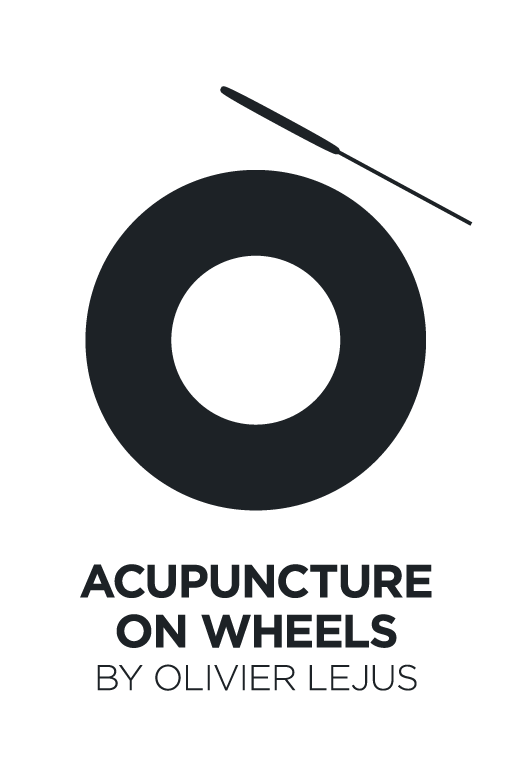Treating Stroke and Phantom Limb Pain with Scalp Acupuncture
Acupuncture is a fascinating science. A year ago, I wrote an article in NOVA on auricular acupuncture. A very effective form of therapy using very small needles, or metal pellets, which are applied to very precise locations of the ear corresponding to specific part of the body. It is often used for the treatment of addiction and neurological problems. This month, we will look a different form of acupuncture where the needles are applied exclusively to the skull.
Due to its proximity to the central nervous system, this small section of the head can be seen as a microcosm of the whole body. While conventional body acupuncture uses some channel points located on the top of the head, cranial acupuncture follows a different approach outside the meridian relationship. In thatcase, the points are selected according to their connections with specific brain functions and their sensitivity to touch. In scalp acupuncture, the cranium is divided into specific zones corresponding to the different sensory and motor areas of the cerebral cortex. The section close to the forehead is used for treating upper body dysfunctions, and the area behind the ears is stimulated for problems on the lower limbs. Functional zones, such as sensory, memory, and motor, are located at the back and sides of the head.. Scalp acupuncture acts by increasing the blood flow, and oxygen supply to the cranial nerve of the brain. It is commonly used for the treatment of neurological problems including stroke, as well as a very interesting medical condition called “phantom limb pain “
A cerebral stroke occurs when the blood supply to the brain gets temporally blocked. While nearly one in every fifteen people will receive some forms of stroke in their lifetime, the intensity of the attacks varies from a barely noticeable temporary weakness or tingling in the joints, to partial paralysis, coma, and death. The patients who survive a major stroke are often left with paralysis to one side of their body. They have difficulties speaking and walking, and they often suffer from mental confusion and anguish as a result of their sudden inability to communicate with their family members, and friends. Medical research has confirmed that cranial acupuncture can bring significant improvement in cognitive function.to the patients with the stimulation of the nerve cells which were damaged during the stroke. Since one side of the brain controls the opposite side of the body, victims who had an attack on the right side of their brain will have local paralysis on the left side of their face, and vice versa. Acupuncture follows the same principle, using for example needles on the right side of the scalp to treat paralysis on the left leg.
Using the specific treatment zones outlined in the map of the scalp, the practitioner first chooses the section which should be stimulated, and then the surface of the skin is gently palpated for evidence of sensitivity to touch. Once the points have been selected, the acupuncture needles are inserted not in the cranium, but under the connective tissue of the scalp at an oblique angle for 30 to 45 minutes. During that time, they are stimulated every 10 minutes to increase the blood flow and oxygen to the defective area. It is a very gentle and relaxing technique that the patients quickly learn to enjoy. The treatments are scheduled two to three times a week, according to the severity of the impairment.
While stroke rehabilitation using acupuncture, or other conventional methods, is generally a slow process, there is a famous story of Mr Ming Qing, a graduate from the Shanghai University of Chinese Medicine, who obtained miraculous results at a conference in Beijing in 1987, when he performed acupuncture on a debilitated stroke patient who instantly began to walk independently.
Cranial acupuncture has also been used successfully in treating another medical condition which I personally find quite fascinating. “Phantom limb pain” is a strange phenomenon which occurs to over 70 percent of patients who have been amputated. It describes the abnormal sensation that the arm or the leg which has been surgically removed is still attached to the body. Patients will complain of severe burning, or shooting pain originating from their missing limbs which is literally driving them crazy. There are conflicting theories regarding the cause of this disorder. Some specialists believe it is caused by ongoing stimulation of the amputated stump by the severed nerves which are still active, while other studies suggest that the phantom limb pain could originate from the area of the brain which controlled the missing limb before it was amputated.
Clinical reports have shown that scalp acupuncture could be an effective form of pain relief for this disorder. A small American study was conducted in Washington, D.C. (Feb. 2006) with seven patients. After only one treatment, 86% of them reported some degrees of pain relief, and 43% of them showed a significant level of improvement. Of course, it was only a small sample, but it gave them hope that their condition could finally be improved, and this definitively makes it with investigating.
Olivier Lejus is a registered acupuncturist practicing in Sydney.

